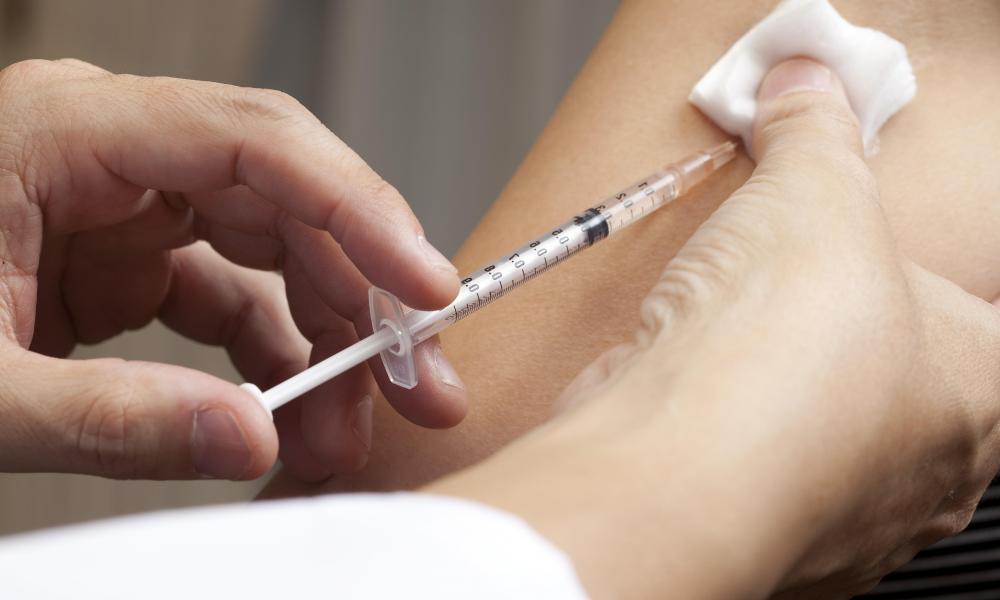At WiseGEEK, we're committed to delivering accurate, trustworthy information. Our expert-authored content is rigorously fact-checked and sourced from credible authorities. Discover how we uphold the highest standards in providing you with reliable knowledge.
What are the Symptoms of Smallpox?
Smallpox, a disease caused by the variola virus, is one of the biggest killers in terms of diseases in all of history. The symptoms of smallpox include fever, aches, and raised pustules on the skin, which scab over and often leave disfiguring scars. Smallpox, also known as variola, is believed to have been eliminated through a successful vaccination campaign, except for a few samples kept in laboratories under lock and key.
The course of the disease begins with an incubation period, usually 12-14 days. During this time no symptoms of smallpox are seen and the individual is not contagious. This is followed by two to four days of flu-like symptoms: high fever, aches, and sometimes vomiting.

Soon after, a rash of red spots appears on the face and in the nose and mouth. These spread to the hands and feet, then to the entire body in just a few days. Shortly after that, the flat red spots turn into raised pustules which fill with liquid and develop a crater or depression. The "pox" in smallpox refers to these lesions.
After about two weeks of enduring this rash, the bumps scab over. The scabs then fall off, leaving scars. If the individual survives until all the scabs have fallen off, they are most likely free of the disease and no longer contagious.

Smallpox has two forms: variola major and variola minor. The two are similar, except that in the case of variola minor the symptoms of smallpox are much less severe. Overall, the fatality rate of variola major is about 30%; the fatality rate of variola minor is about 1%.
Variola major can be further subdivided into four categories: ordinary, modified, flat, and hemorrhagic. Modified smallpox occurs in individuals who have already been vaccinated, and is usually less severe. With flat smallpox, the smallpox spots remain flat and soft rather than developing into the characteristic hard, raised bumps. Hemorrhagic smallpox is accompanied by massive bleeding into the skin and mucous membranes, which can occur before or after the appearance of the rash. Both flat and hemorrhagic smallpox are almost always fatal.

Smallpox is believed to affect only humans, and it appears that there are no groups of humans with natural immunity to the disease. No successful treatment for smallpox has ever been found, but a vaccination process was discovered in the early 18th century by Greek physician, Emanuel Timoni. Edward Jenner, an Englishman, produced a much more viable vaccine using the cowpox virus later in the century.

In the 20th century, the World Health Organization (WHO) led a campaign to eradicate smallpox using vaccines. The last known patient showing symptoms of smallpox outside the lab was in 1977, in Somalia. Widespread vaccination for smallpox no longer occurs. Some fear that the disease could be re-introduced to the world as a biological weapon, citing World War II experiments by several world governments to do just that. For this reason, the Russian and United States governments retain samples of the disease in order to conduct future research.
AS FEATURED ON:
AS FEATURED ON:















Discuss this Article
Post your comments